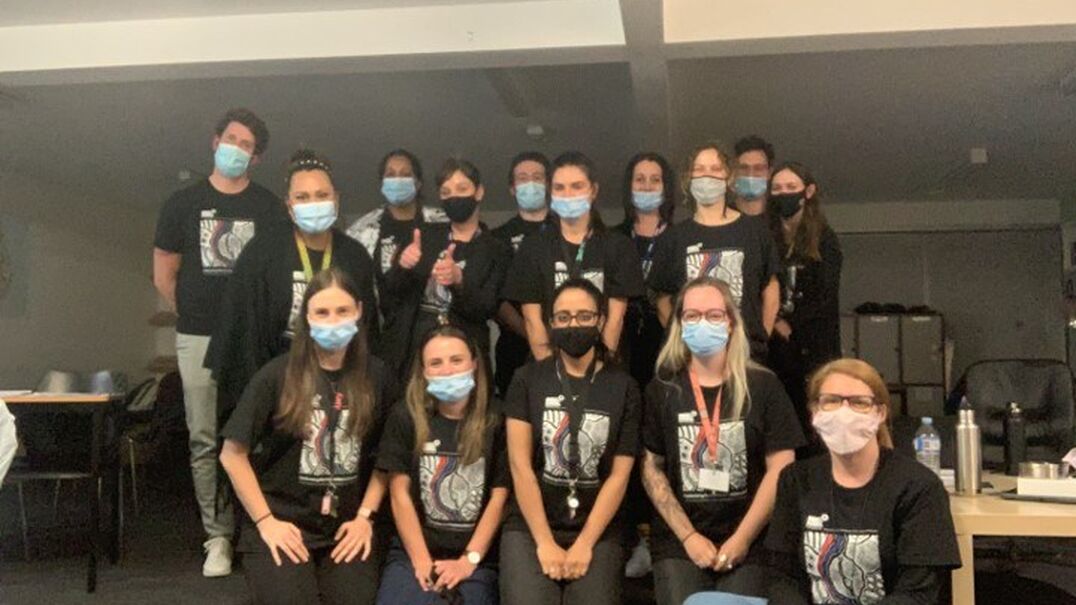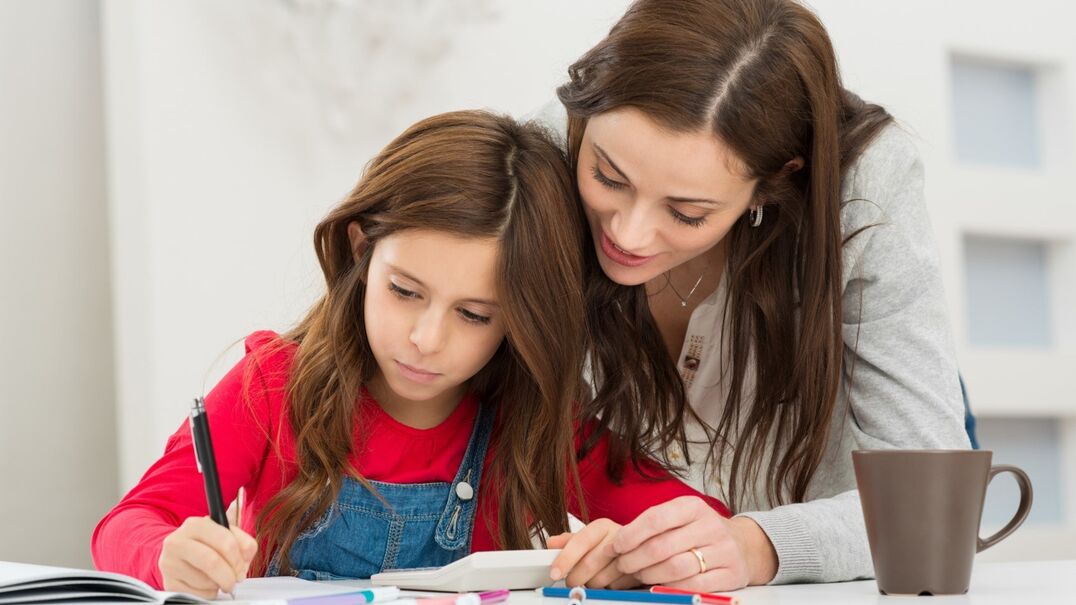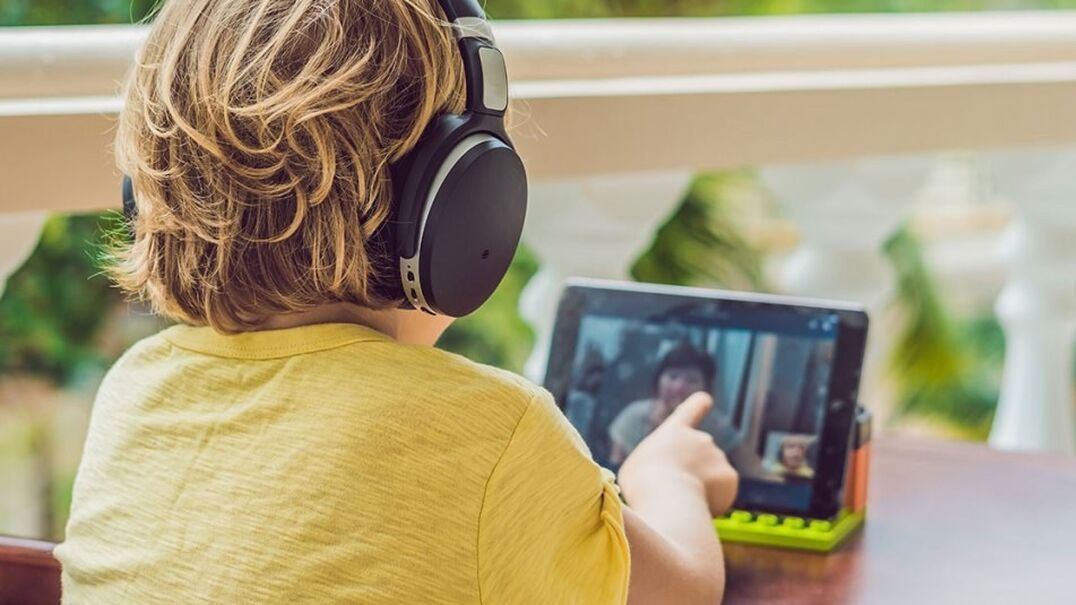There are many reasons why we disconnect from our bodies. They can be the site of worry, shame or pain. Almost every choice we make shows up in the contours of our body at some stage.
The latest scientific research tells us that trauma lodges itself in the body. Psychiatrists and neuroscientists have discovered that trauma can change stress-related physiological systems, creating a “gnawing interior discomfort as their bodies are constantly bombarded with visceral warning signs… they learn to hide from themselves” (Van der Kolk, 2015).
Consequently, it has become normal in many workplaces and schools to treat the body as a ‘thing’, separate from ourselves, sometimes helpful to achieving our goals and sometimes not. Other than Physical Education, Health and Drama subjects, we have all but removed the body from the classroom. It is treated only as the vessel that brings minds into the room.
Research and school-based observation undertaken through the Berry Street Education Model (BSEM) shows that trauma-affected kids need opportunities every day to tend to the body’s demands on them. It is not uncommon for trauma-affected students to arrive to school with a resting heart rate around 120-130 beats per minute (the average is 80-100 bpm), just one clear sign of an overactive stress response. These students need regular opportunities to regulate their bodies throughout the day and to de-escalate when experiencing a flood of trauma-related stress.
Education that focuses on the whole child includes the body with learning, teaching all young people to be mindful of how their body feels, to listen to the signs it is telling them and be proactive about integrating it into the rhythms of learning and their lives. BSEM offers these perspectives based on many hours of practice with young people and discussions with clinicians and therapists.
The body paradox
For anyone who works with or cares for trauma-affected young people it may seem as though the body can’t be trusted. Right before the meltdown moment, we see the escalation in the twitchy, disjointed movement of the torso on the chair, the uncontrolled flailing of the arms, the kicking out of the legs. The body appears to be geared towards violence, inner and outer.
But the body is not responsible for the traumas of the past. It only reacts in fear to the messages being delivered from the brain’s amygdala and survival response. When a child is in the grips of a meltdown moment they are reliving a past trauma in their bodies, even if they outwardly appear to be in the relative safety and comfort of a classroom or school grounds.
It is precisely because the body is the primary site of escalation that it also the doorway to healing. An observant teacher or carer can identify traumatic stressors and the patterns of a child’s escalation and then intervene with consistent, predictable routines designed to help the child reengage their bodies.
Mindfulness and the body
The body is an instrument of present moment experiences – our senses give us information about ourselves and the world moment-to-moment. Emotions show up first as energetic sensations in the body.
Mindfulness gives us a way to mend the relationship with our bodies by paying attention to what is alive within us. As leading psychiatrist, Dr Bessel Van der Kolk says, “once you start approaching your body with curiosity rather than fear, everything shifts” (Van der Kolk, 2015).
Trauma-affected young people are experts at shutting out gut feelings and the signals of the body. Integrating short mindfulness routines into the course of a school day helps trauma-affected young people to incrementally bring awareness to their bodies. As trauma-informed strength coach Laura Khodari puts it, “mindfulness is learning how to be with yourself no matter how you are feeling.”
The latest scientific research shows that directing attention to the body not only brings a sense of acceptance but also has the effect of re-shaping the way the brain deals with stress. In this way, doctors and medical professionals are turning to mindfulness as a non-negotiable partner in the long-term treatment of mental illnesses and other chronic diseases such as cancer. A recent study found that just eight weeks of training in mindfulness meditation led to a long-term decrease in amygdala activation in response to emotional stimuli (Desbordes et al, 2012). Neurologist and author, Dr Dan Siegel reiterates:
One of the key practical lessons of modern neuroscience is that the power to direct our attention has within it the power to shape our brain’s firing patterns, as well as the power to shape the architecture of the brain itself.
The experience of being present, centred and grounded in the body may be the antithesis of escalated behaviour. Through mindful practices, young people begin to find joy and empowerment in being able to choose when and how they can access the present-moment sensations of the body. When this occurs, the body becomes a refuge; a source of wellbeing that is available to them at any time.
Expanding the refuge
Mending the relationship with the body leads to a deeper level of self-understanding. Those sensations in the stomach are no longer just sensations, through mindfulness we begin to be able to attach meaning to what the body is telling us, and a sense of empowerment to respond. This is why researchers and practitioners suggest that compassion follows mindful attention, “actively steering us in the right direction for self-care” (Van der Kolk, 2015).
Trauma-affected young people usually have a difficult time displaying empathy and forming healthy social connections. As they grow in self-awareness they are often more able to understand others as well as themselves. This is particularly important during darker times when ‘big scary’ emotions surface, as relationships forged in care and compassion lay the foundations for collective healing. Founder of Mindfulness-based Stress Reduction, Dr Jon Kabat-Zinn, states:
We resonate with another’s sorrows because we are interconnected. Being whole and simultaneously part of a larger whole, we can change the world simply by changing ourselves. If I become a centre of love and kindness in this moment, then in a perhaps small but hardly insignificant way, the world now has a nucleus of love and kindness it lacked the moment before. This benefits me and it benefits others
Therefore, practicing mindfulness as a group creates the conditions for kindness and collaboration to spread. These are ideal values to share in any community of learners. Interconnectedness can be facilitated by paying attention to the body and following it outwards. Teachers can integrate mindfulness routines into their classrooms to support healing and growth for their students and in the process, intentionally expand the refuge to their whole community.
Toward whole-class mindfulness routines at school
The benefits of integrating whole-class mindfulness routines into the school day is clear but for teachers, the biggest hurdle is often in knowing where to start.
Just like a teacher would differentiate for varied reading levels in a literacy class, young people need varied mindfulness practices that takes into account their trauma background and childhood development.
An overactive stress response tenses and constricts the body as it prepares for fight or flight. As trauma-affected young people become stuck in this defensive state their body forgets how to breathe from the diaphragm; how to exercise the full capacity of their lungs. Telling a young person in this state to quiet their mind and focus on the belly breath can, in the words of Laura Khodari, feel “claustrophobic, suffocating and absolutely triggering.”
If a child has an adverse response to a mindfulness practice it’s important that teachers do not throw out the idea. Taking a step by step approach helps the whole class to build comfort, trust and stamina in a mindfulness practice over time. Some ideas to make mindfulness easy include:
- Noticing sounds inside and outside of the room, are they loud or soft?
- Focus on different points around the room, how many square or round objects can you name?
- Clap your hands or stamp your feet together, focus on the sensations and repeat the process to notice new sensations in different areas of the body.
- When ready, ask the child to interlace their hands or place a soft object on their abdomen while laying down. With a few slow belly breaths, they can observe as their hands pull apart or the object on their abdomen moves up and down with each inhale and exhale.
For teachers, it is important to remember that a young person who is seeing a clinician will also likely be developing a therapeutically-informed mindfulness practice. Whole-class mindfulness routines that are short and easy to begin will assist the therapeutic process and put all students on the journey toward cultivating greater attention, empowerment and interconnectedness.
References:
Brunzell, T., Waters, L., and Stokes, H. (2015). Teaching With Strengths In Trauma-Affected Students: A New Approach To Healing And Growth In The Classroom. American Journal of Orthopsychiatry. 85: 1, 3-9.
Desbordes, G., Negi, L., Pace, T., Wallace, B., Raison, C. and Schwartz, E. (2012). Effects of mindful-attention and compassion meditation training on amygdala response to emotional stimuli in an ordinary, non-meditative state. Frontiers in Human Neuroscience, 6.
Kabat-Zinn, J. (1998). Wherever You Go, There You Are. Hachette Books.
Khodari, L. (2018). ‘The role of mindfulness in trauma healing’. Medium. Accessed 20/11/2018: https://medium.com/@laura.khoudari/https-medium-com-laura-khoudari-the-role-of-mindfulness-in-trauma-healing-de930d6d6583.
Levine, P. (2010). Trauma Through a Child’s Eyes. North Atlantic Books.
Siegel, D. (2011). Mindsight: The New Science of Personal Transformation. New York: Oneworld Publications.
Van der Kolk, B. (2015). The Body Keeps the Score: Brain, Mind and Body in the Healing of Trauma. Penguin.

Jack Greig
Master of Public Policy | Master of Teaching | Bachelor of Arts



